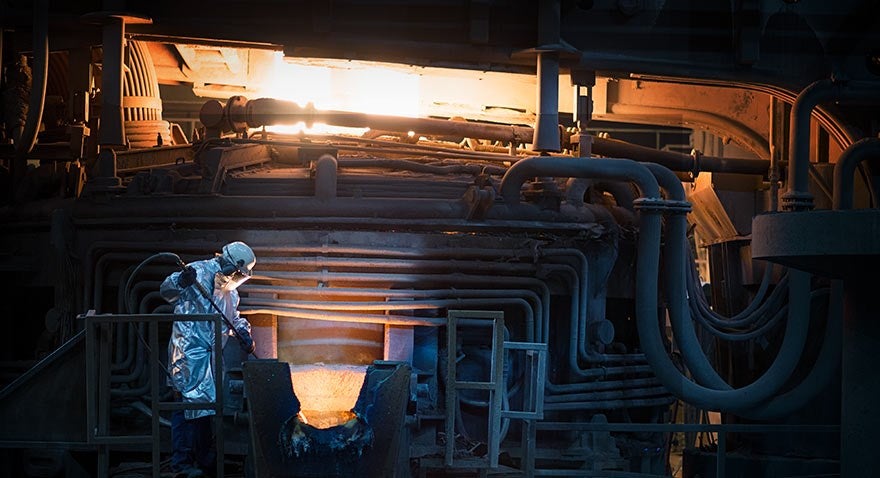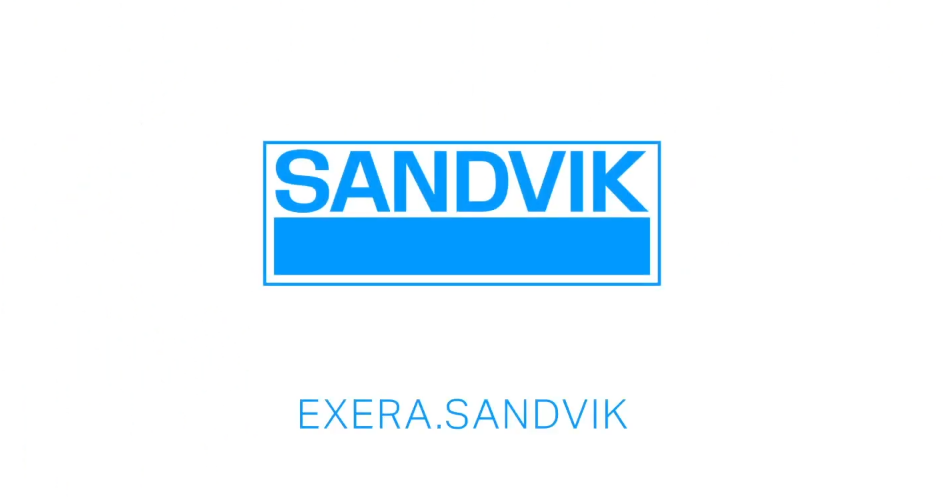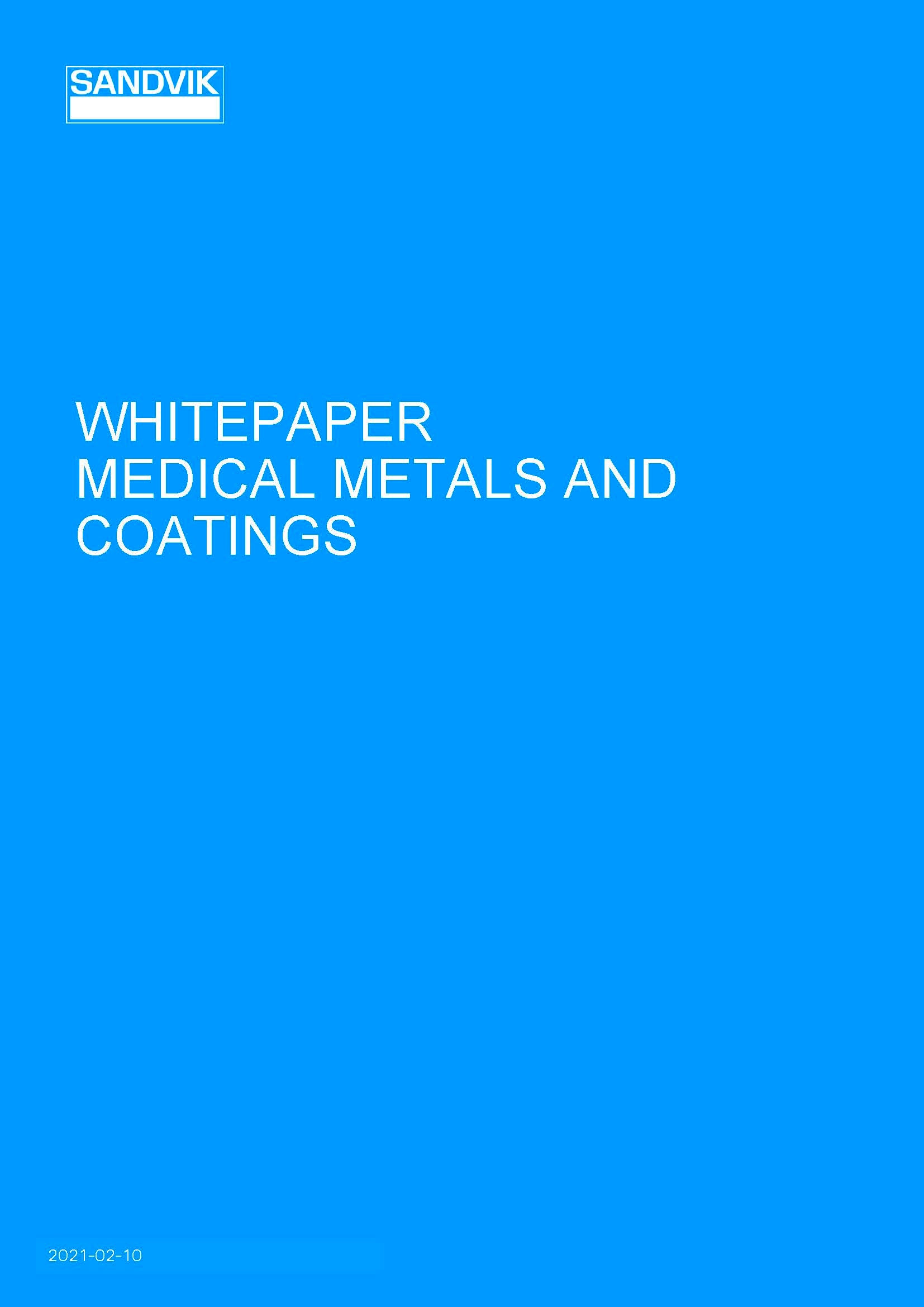
Dedication to sustainability doesn’t have to stifle business goals. In fact, this commitment can inspire innovative engineering, more efficient use of resources, and improve the safety and wellbeing of people and our planet.
Sandvik works with various industries, from mining to medical devices, and each industry has its own challenges when it comes to maintaining sustainable business practices. Across the entire business, Sandvik has laid out 2030 sustainability as part of its six strategic objectives.
In addition to sustainability, the six objectives for 2025 are a growth target of at least 5% (CAGR), a shift towards digitalisation, a focus on customer satisfaction, maintaining an agile through-cycle, and a dedication to becoming a diverse employer of choice.
In order to ensure transparency and accountability for meeting its targets, Sandvik provides regular progress reports and has laid out its goals so that stakeholders, customers and employees alike can see when targets are being met.
Four goals for a more sustainable future
Sandvik’s first goal is to become more than 90% circular by 2030, and the company is well on the way to achieving this. In 2020, 82% of Sandvik steel produced was made from recycled material. Furthermore, through its “Rebuild” program, Sandvik has extended the lifecycle of mining equipment by refurbishing the entire unit at optimal intervals.
Circular business practices also need to reduce waste, a goal that is particularly important in mining industries. Sandvik also reduces waste in the medical device industry by introducing practices such as small-batch prototypes during the design process, a service that many competitors do not offer, which often results in wasted resources.
The second goal is to halve CO2 emissions by 2030. This has included using more energy efficient vehicles and machinery during manufacturing. As with most manufacturing industries, Sandvik saw a significant drop in 2020 due to reduced production; however, with its green initiative, Sandvik aims to minimise the increase in emissions once normal production resumes.
Sandvik’s third goal is to follow the highest standards to ensure zero harm to people, which includes rolling out health and well-being programs for all employees. This has inspired the use of innovative technology such as robots to replace repetitive manual work.
Sandvik’s step into the medical device sector with its EXERA® wire-based components is reflective of the commitment to improve lives. The ethos of the EXERA® brand, which is used for medical applications such as pacemakers, glucose monitors and cochlear implants, is enabling patients to regain control of their lives and live normally.
The final goal is to be a leader in fair play, including complete transparency in its goals and compliance, as well building an inclusive and diverse workforce. In 2020, Sandvik launched a global training program in diversity and inclusion that involved 20,000 employees.
Sandvik also complies with ISO 14001, which specifies the requirements for an environmental management system that an organisation uses to enhance sustainability. This helps companies to manage environmental responsibilities in a systematic manner.
To find out more about Sandvik’s sustainability practices, including its Code of Conduct, visit its website.



